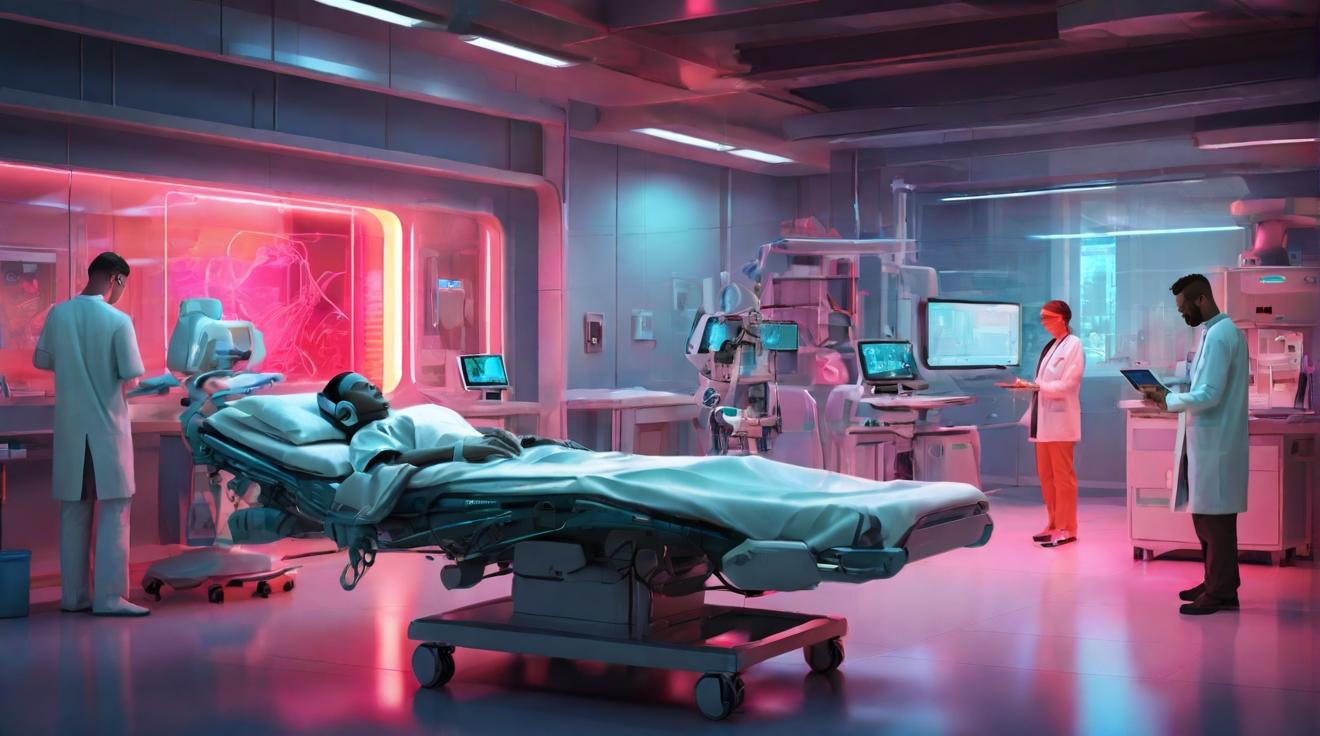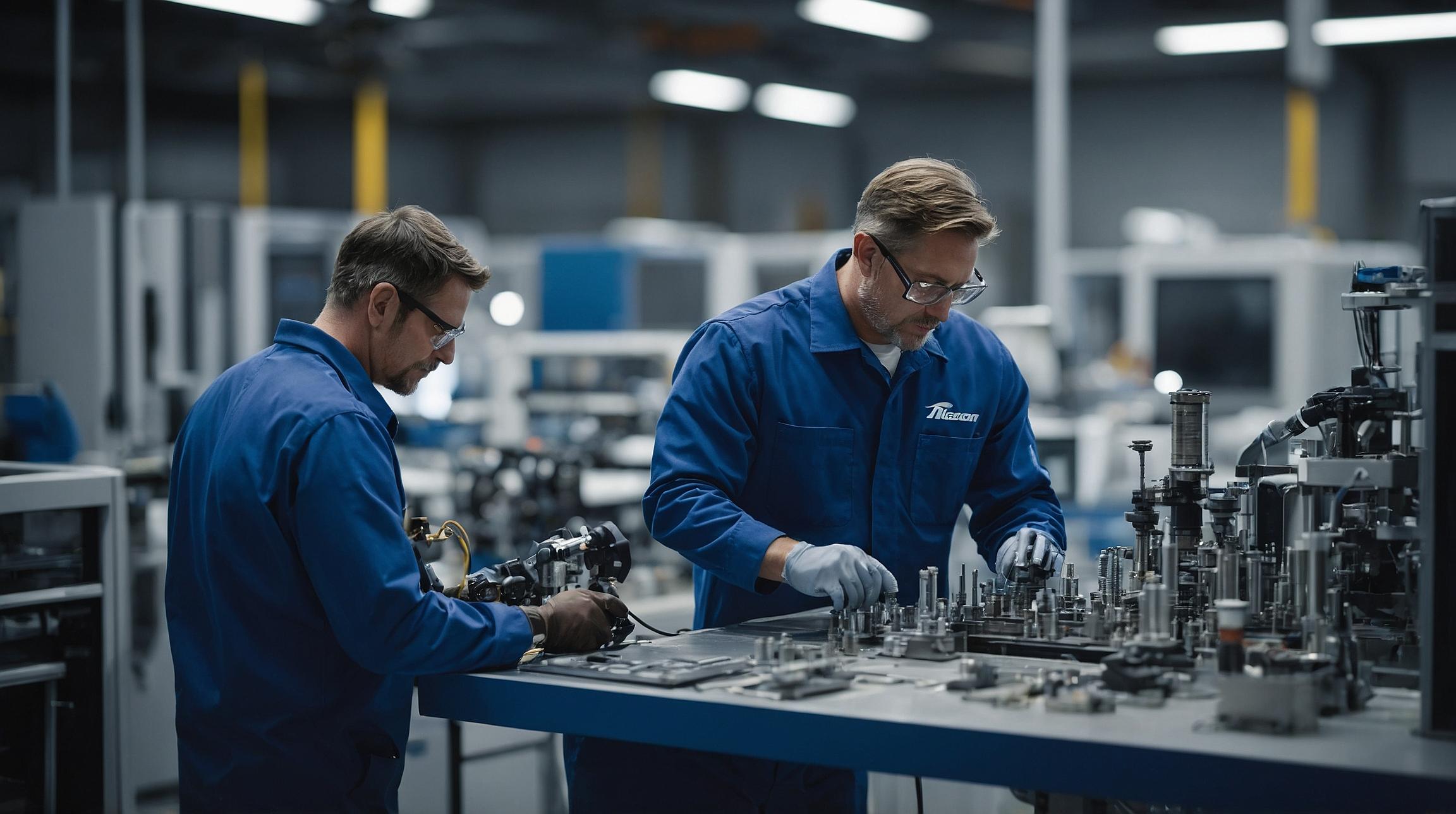Automation in Hospitals: The Illusion of Progress
The allure of automation beckons like a modern-day Terminator saga – a narrative where artificial intelligence and mechanization dance on the precipice of reality and imagination. But amidst the temptation of automation, we are reminded that the intersection of AI and reality is not always as harmonious as the script suggests.
Staffing Shortages Amidst the Pandemic
During the peak of the COVID-19 pandemic, 28% of nursing facilities, approximately 3,900 out of 14,000, reported experiencing staffing shortages. The strain on healthcare workers, particularly nurses, grew as they grappled with increased workloads and limited resources. In response, policy proposals to automate hospitals gained traction, leading to new technologies being developed nationwide. The shift towards automation reflected a pragmatic approach to addressing the complex challenges that health care faced at the time.
Misconceptions and Realities
Yet, the idea of automation in hospitals has been misconstrued through policymaking and hospital leaders alike. For one, healthcare shortages have been chiefly alleviated, with the number of workers down by only 1.1% since the pandemic began. But more importantly, the primary factor contributing to the shortage of physicians stems from a persistent rise in healthcare workforce demand. At the same time, the number of medical school enrollees remains relatively static. This imbalance underscores that merely addressing burnout has a limited impact on the overarching crisis. In other words, hospital automation doesn’t solve the problems that nursing facilities around our country face.
The Adversary of Automation
Prospective medical students view automation as an adversary and threat to their jobs, discouraging them from working in the field. 75% believed that automation in the form of artificial intelligence or robots would drastically change their careers. These concerns aren’t unfounded either. As a report by Stanford Medicine finds in 2020, 33% of employment at a hospital would be automated with robots and AI if they tried to automate jobs.
The Burden of Automation
Thus, through automation, we eliminate existing incentives for students to attend medical school. That compounds all the problems we face right now and further worsens them. The worker shortage is a short-term issue—something we’ve already taken steps to fix in the modern-day. But when we further increase automation in hospitals, we turn this short-term problem into a decade-long burden.
The Double-Edged Sword
In the delicate balance between progress and pragmatism, the road to automation within hospitals appears paved with good intentions. Yet, as we navigate this intricate terrain, the truth emerges: Automation is a double-edged sword, capable of alleviating burdens and inadvertently deepening existing challenges.
Analyst comment
This news can be evaluated as negative. The market is likely to face challenges due to automation in hospitals exacerbating the existing shortage predicament rather than alleviating it. This can discourage prospective medical students from entering the field and lead to a decade-long burden on the healthcare system.













